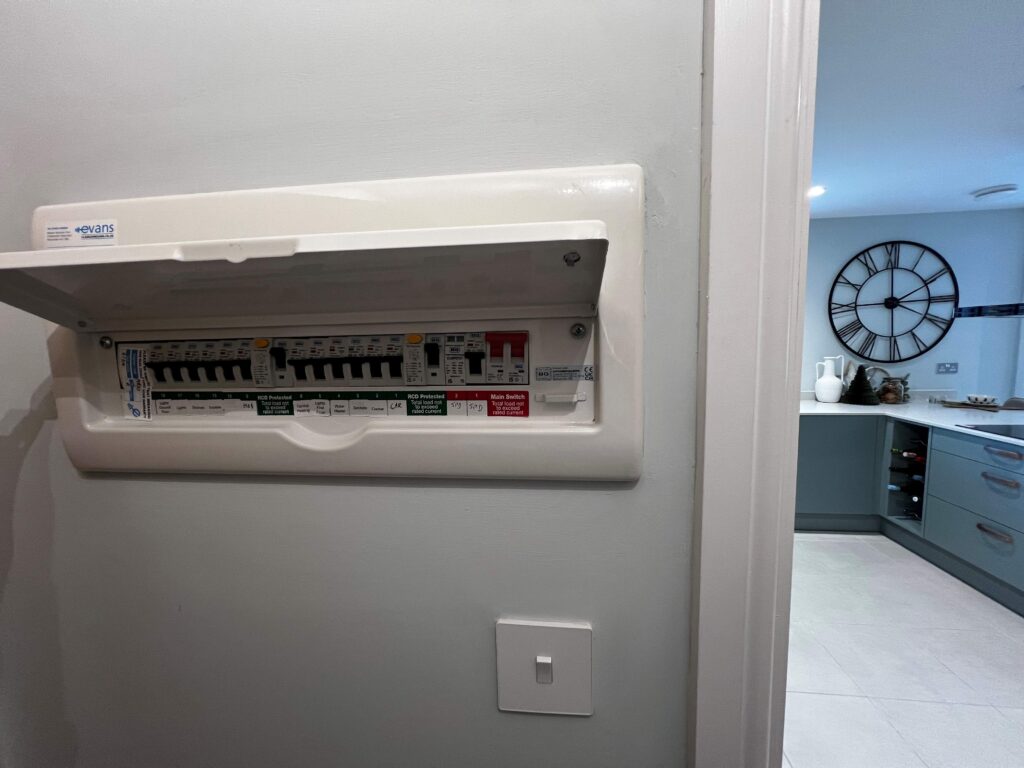The latest Timber Trends report, published by the Structural Timber Association (STA), has highlighted the significant growth in use of structural timber frame by the housing sector over the last 12 months. Increasing market share to 27.6% in 2015, the report predicts that the sector has the potential to reach a 32.4% market share by 2018.
The latest annual Timber Trends report highlights a sector witnessing substantial expansion, exceeding the growth predictions of the 2014 Timber Trends report.
Forecasting a market share of 27% by 2017, the 2015 report reveals that the structural timber frame sector has already surpassed this target, demonstrating a 27.6% market share – making 2015 the second best performing year for structural timber frame in the housing sector since records began in 2002.
Andrew Carpenter, Chief Executive of the Structural Timber Association said, “Following the release of The Farmer Review, which indicates the urgent need for the construction sector to utilise the benefits of pre-manufacture to modernise, in order to meet Government housebuilding targets, the latest Timber Trends report clearly demonstrates that mind-sets are changing and evolving.
“Exceeding the 2014 report’s predicted market share showcases just how suitable structural timber frame is to the challenges currently inhibiting the growth of the construction sector – the skills shortage, availability of materials and the need for high quality properties, fast.”
UK housing starts increased by 8.1% in 2015, totalling more than 176,500; in England the growth is most visible, with housing starts increasing by 7.9% and the structural timber frame market share rising to 22.2%.
Andrew concludes, “These compelling statistics and the launch of the RIBA Plan of Work 2013: Designing for Manufacture and Assembly signal only the beginning for a consistent increase in pre-manufacture and use of structural timber frame.
“As guidance becomes widely available for clients, enabling them to prepare and adjust their commissioning and purchasing behaviours, the structural timber sector should ready itself for the continued growth predicted – an increase of 4.8% – and be sure to maintain the momentum created over the last five years throughout the ‘Brexit’ period.”











